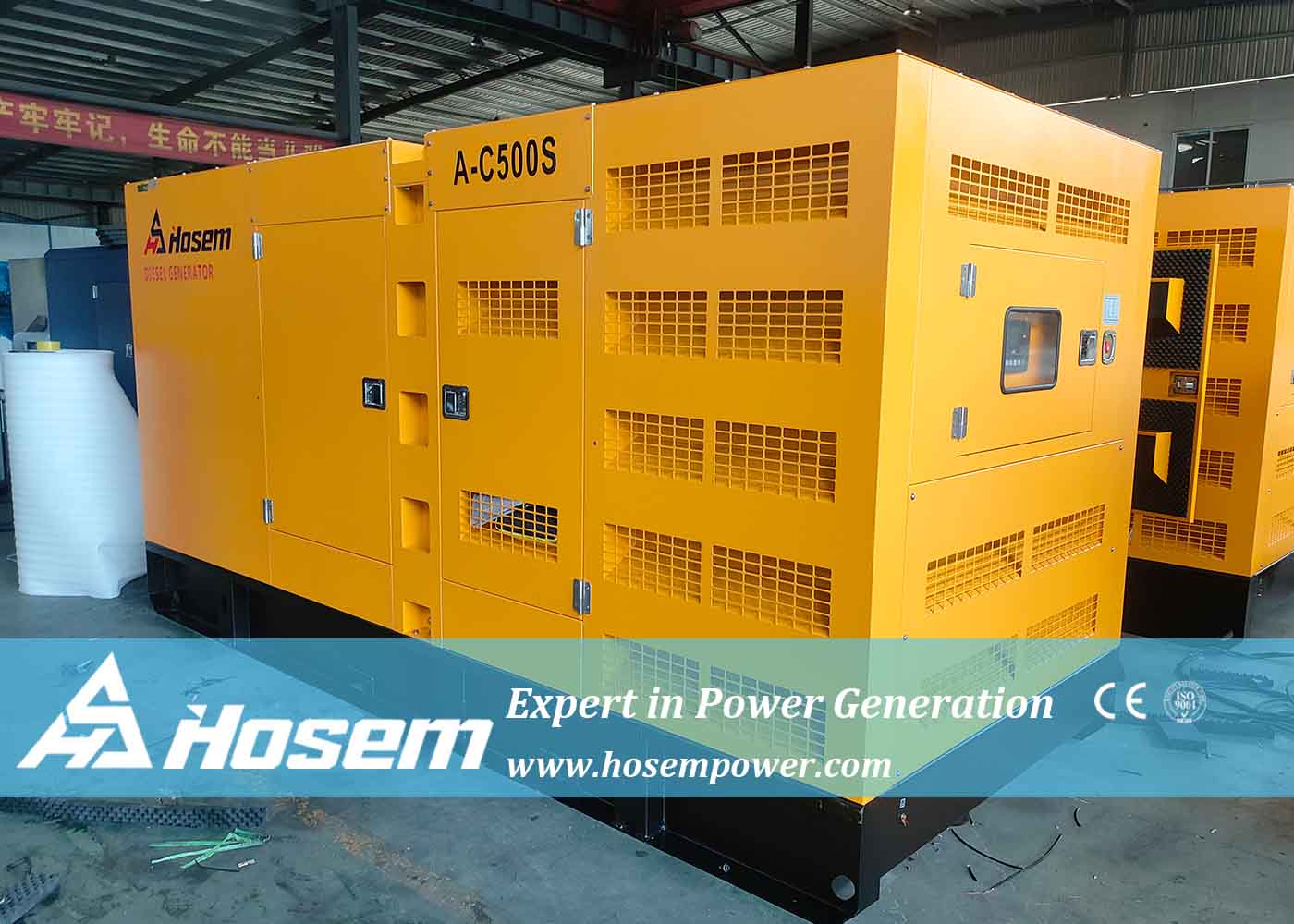-
Tél : +86-591-86397381
-
E-mail : sale@hosempower.com
-
Skype : +86-13205904365
Tél : +86-591-86397381
E-mail : sale@hosempower.com
Skype : +86-13205904365

Diesel generator sets are widely used as standby or emergency power sources across various industries. To ensure optimal performance, safety, ease of maintenance, and environmental compliance, careful planning of the installation site is essential. While installation requirements may vary based on specific environments, all locations must meet the basic conditions for the diesel generator’s reliable operation and serviceability.

1. Load Bearing and Surface Leveling:
The ground must support the full weight of the generator set. A concrete foundation is typically recommended, with a surface flatness deviation of no more than ±3mm per meter to reduce vibration transmission. For large generators, embedded anchor bolts should be pre-installed.
2. Space Requirements:
Maintain a minimum clearance of 1.5 meters around the generator and at least 1 meter above the unit. If installing a silencer or exhaust system, additional space should be reserved for accessibility and heat dissipation.
3. Ventilation and Cooling:
The intake area should be at least 1.5 times the radiator surface area to ensure adequate airflow. Exhaust airflow must be smooth to prevent hot air recirculation. For high-temperature environments, forced ventilation systems may be required. The indoor temperature should be maintained between 5°C and 40°C to ensure stable performance.
1. Fire and Explosion Protection:
Keep the generator away from flammable materials. Fuel tanks should be installed separately and securely isolated. Underground fuel tanks must have anti-leak designs. Fire extinguishing equipment must be available on site.
2. Noise Control:
If installed in residential or office areas, consider using soundproof enclosures or acoustic barriers to maintain noise levels below 65dB. Exhaust pipes should be equipped with mufflers, and L-shaped bends can further reduce noise levels.
3. Exhaust Emissions:
Exhaust pipes must extend outdoors and be higher than the building rooftop to avoid exhaust gas reentry. Emissions must comply with local environmental regulations.
1. Cable Routing:
Cables should be laid in waterproof and rodent-proof cable trenches. Select cable diameters based on 1.3 times the rated current to ensure safe operation.
2. Grounding System:
Ensure that the grounding resistance is ≤4 ohms. Lightning protection grounding should be set up independently from the electrical grounding.
3. Fuel and Cooling Systems:
The fuel storage tank should support 8 to 24 hours of continuous operation. Use seamless steel pipes for fuel lines to prevent leakage. Cooling systems should be equipped with antifreeze protection in cold regions.
A well-planned diesel generator installation site not only enhances performance but also ensures operational safety, compliance with regulations, and long-term durability. Whether you're installing a generator in an industrial zone, commercial facility, or remote project site, following these guidelines will help you build a safe, efficient, and reliable power solution.
Need help with your diesel generator installation?
Contact us today for professional support and customized solutions.